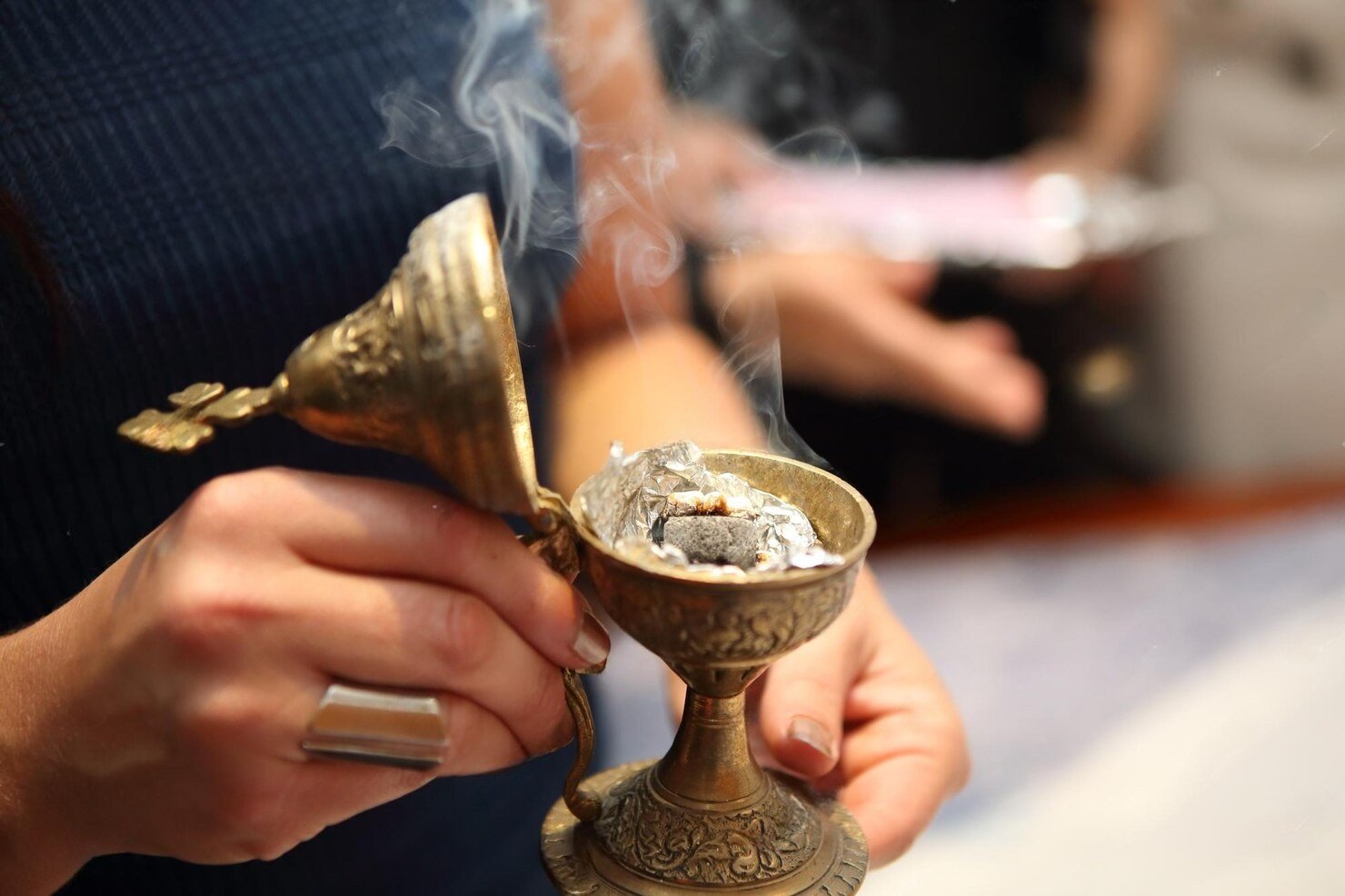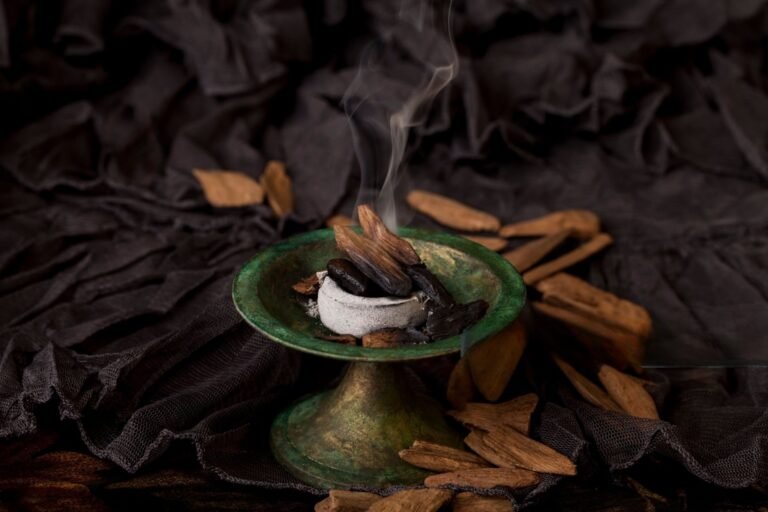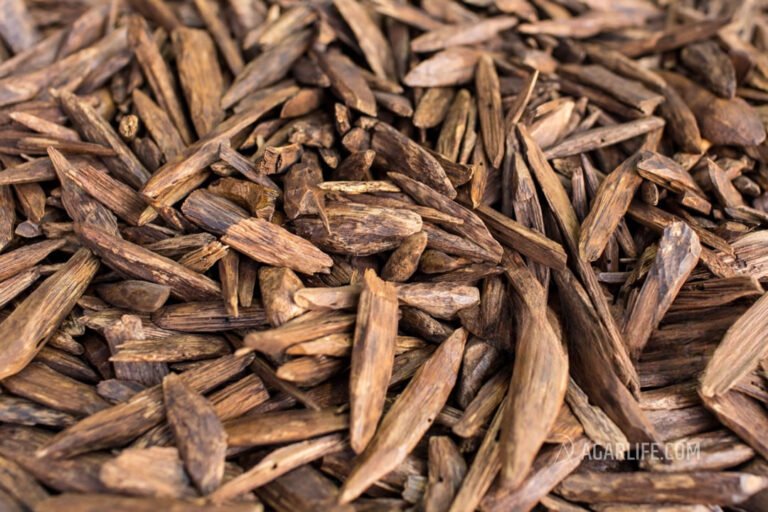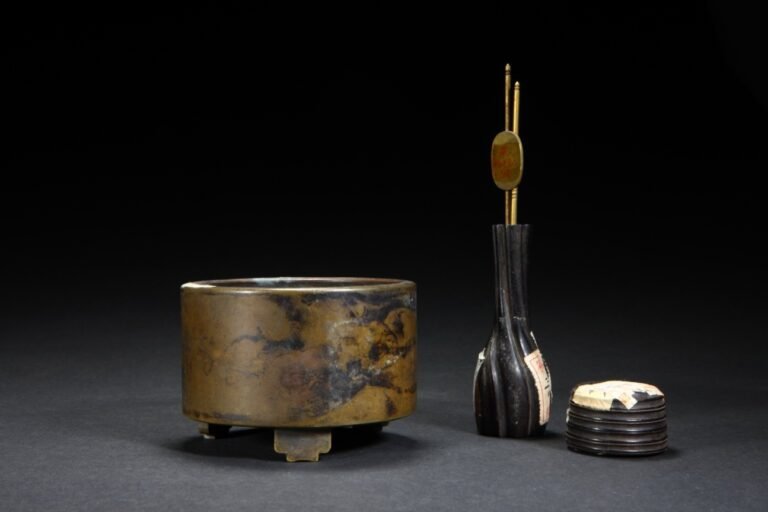Introduction: Agarwood, the Fragrance Bridging Heaven and Earth
Agarwood, formed over centuries by absorbing the essence of nature, is revered as the “King of Incense.” Its deep, ethereal aroma transcends boundaries, recognized by the world’s five major religions—Taoism, Buddhism, Christianity, Catholicism, and Islam—as a sacred medium connecting the “three realms” (heaven, earth, and humanity). More than a spice, agarwood embodies a spiritual bridge between the divine and mortal worlds.
I. Taoism: The Sacred Medium of Heaven, Earth, and Humanity
- In Taoism, agarwood is considered a holy substance that links the three realms. While sandalwood and jiangzhenxiang (a type of incense) are also used, agarwood holds unparalleled reverence. During exorcism rituals, Taoist priests burn agarwood in bronze vessels, symbolizing the harmonious energy (yin-yun liao-rao) of the cosmos.
- Agarwood also plays a vital role in Taoist wellness practices. Practitioners believe its fragrance purifies the body and mind, aiding in achieving “unity with the Tao”—a state of harmony between humanity and the universe.
II. Buddhism: The Sole Aroma Connecting the Three Realms
- Buddhism elevates agarwood as the only incense capable of bridging the three realms. It is central to rituals, from daily prayers to grand ceremonies. Buddhist scriptures like the Agama Sutra, Avatamsaka Sutra, and Lankavatara Sutra extol its spiritual potency.
- Buddhists believe agarwood’s scent purifies the mind, deepening meditation and elevating consciousness. Whether in personal practice or communal worship, agarwood remains an indispensable companion on the path to enlightenment.
III. Christianity: A Divine Gift Planted by God
In Christianity, agarwood is regarded as a sacred plant ordained by God. The Bible mentions it alongside myrrh and frankincense as one of the three gifts presented by the Magi to the infant Jesus, symbolizing holiness, purity, and redemption.
Christians use agarwood in rituals to purify the soul and strengthen their connection to the divine. Its fragrance is seen as a conduit for prayers, carrying devotees’ intentions to heaven.
IV. Catholicism: Aromatic Devotion in Sacred Rituals
- Catholicism incorporates agarwood into its rich tapestry of liturgical spices, alongside frankincense, myrrh, saffron, and storax. Burning agarwood during Mass or feast days signifies reverence for saints and a plea for heavenly intercession.
- The aroma of agarwood in Catholic ceremonies embodies piety and awe, enveloping churches in solemnity during sacraments like the Eucharist or All Saints’ Day observances.
V. Islam: The Purifying Fragrance of Submission
- In Islam, agarwood holds profound sanctity. During significant events, Muslims use agarwood incense in rituals and anoint the deceased with agarwood oil, believing it cleanses sins and prepares the soul for the hereafter.
- Agarwood’s scent symbolizes purification and divine blessing, accompanying daily prayers and festivals like Eid. It serves as a spiritual thread, deepening believers’ connection to Allah.
Conclusion: Agarwood, the Universal Spiritual Thread
As the "King of Incense," agarwood transcends material value, weaving a sacred thread across five faiths. From Taoism’s cosmic harmony to Buddhism’s meditative depth, Christianity’s divine symbolism, Catholicism’s reverent rituals, and Islam’s purifying grace—agarwood’s fragrance unites humanity’s spiritual quest.
In its aroma, we encounter nature’s gift and the profound wisdom of religions. Agarwood is not just a spice but a timeless voyage into the soul, bridging realms and elevating the spirit.







